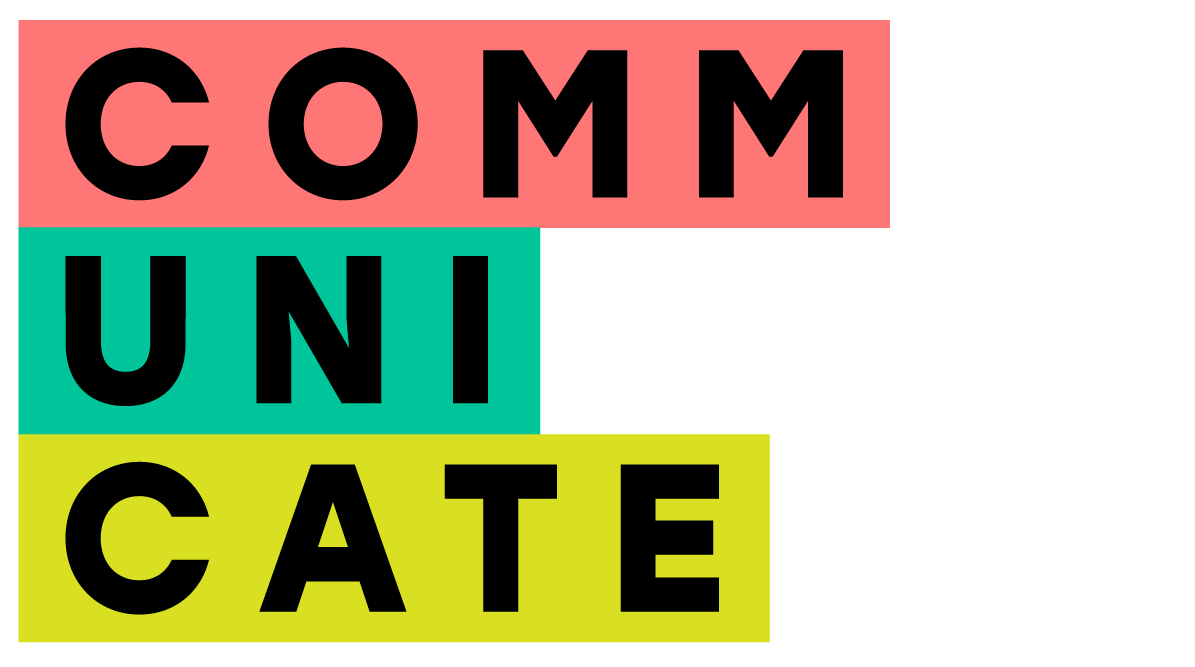Social Mobility & Intersectionality
What is Social Mobility and how is it influenced?
Social mobility is the movement of individuals, families or groups within the social hierarchy and a complex issue influenced by various factors, one of which is socio-economic background (SEB). Individuals from disadvantaged SEBs often face significant barriers to upward mobility, hindering their ability to achieve their full potential.
Socio-Economic Background and Social Mobility
SEB, encompassing factors like income, education, occupation, and wealth, plays a crucial role in shaping an individual's social trajectory. Research consistently demonstrates that individuals from lower SEBs face greater obstacles to upward mobility compared to those from privileged backgrounds.
Impact of Socio-Economic Background on Social Mobility
1. Education: Limited access to quality education, including well-resourced schools and extracurricular activities, can hinder educational attainment and future career prospects for individuals from disadvantaged SEBs.
2. Employment Opportunities: SEB can influence employment opportunities, with individuals from lower SEBs often facing discrimination, bias, and lack of professional networks, making it challenging to secure well-paying and upwardly mobile jobs.
3. Income Inequality: SEB can contribute to income inequality, as individuals from lower SEBs often earn lower wages and have limited financial resources, perpetuating social inequalities and limiting upward mobility.
Intersectionality and Social Mobility
Intersectionality, a framework that recognises the compounding effects of multiple identities, such as race, gender, sexuality, disability, and SEB is crucial in understanding social mobility. Intersecting identities can shape an individual's opportunities and barriers, influencing their social trajectory.
Intersections of Socio-Economic Background and Other Identities
1. Race and Ethnicity: Individuals from racial and ethnic minority groups often face additional barriers to social mobility due to systemic racism and discrimination. The intersection of SEB and race can compound these barriers, making it even more challenging for individuals to overcome systemic inequalities.
2. Gender: Gender also plays a role in social mobility, with women, particularly those from disadvantaged SEBs, facing unique challenges. Gender pay gaps, limited access to leadership positions, and societal expectations can hinder upward mobility for women.
3. Other Identities: Intersectionality extends beyond race and gender, encompassing identities like sexuality, disability, and religion. These intersecting identities can influence an individual's access to resources, opportunities, and social networks, impacting their social mobility.
Empowering Inclusive Change
When it comes to championing and improving Social Mobility for young adults and employees, we need to rewind and put in measures for individuals to thrive and feel supported.
· Promote Equal Access to Education: Ensure that individuals from all backgrounds have access to quality education, including well-resourced schools, extracurricular activities and higher education opportunities.
· Eliminate Discrimination in Employment: Foster workplaces free from discrimination and bias, providing equal opportunities for employment, advancement, and professional development.
· Address Systemic Inequities: Tackle systemic inequities that perpetuate social disparities, such as income inequality, racial discrimination and gender bias.
· Promote Inclusive Leadership: Encourage diverse and inclusive leadership across all sectors,fostering a culture of equity and valuing the contributions of individuals from all backgrounds.
Social mobility and intersectionality are intertwined, highlighting the impact of SEB on social trajectories and the compounding effects of intersecting identities. Recognising and addressing these barriers is essential to create a more equitable and socially mobile society. By promoting inclusive practices and addressing systemic inequities, we can empower individuals from all backgrounds to reach their full potential.
Glossary Key Definitions
1. Social Mobility: The movement of individuals, families, or groups within the social hierarchy, often measured in terms of income, education, occupation, or social status.
2. Socio-Economic Background: The social and economic status of an individual or their family, including factors such as income, education, occupation, and wealth.
3. Intersectionality: A framework that recognizes how an individual's intersecting identities (such as race, gender, sexuality, disability, and socio-economic background) can compound and intersect to shape their experiences of oppression and privilege.
4. Systemic Racism: Policies, practices, and structures that perpetuate racial inequalities and discrimination within society.
5. Gender Pay Gap: The disparity in earnings between men and women, often resulting from factors such as occupational segregation, discrimination, and unequal access to opportunities.
